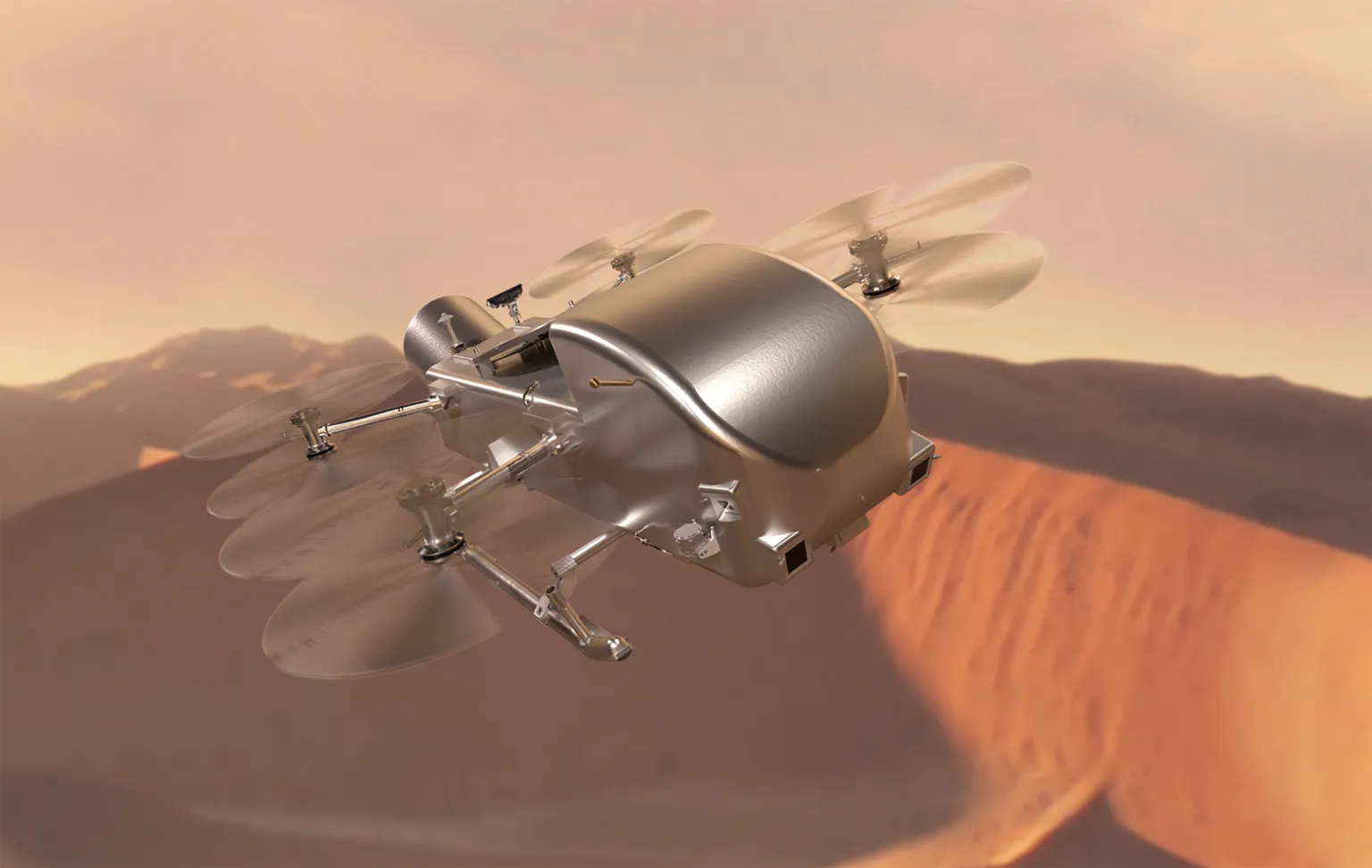Free Courses Sale ends Soon, Get It Now


Free Courses Sale ends Soon, Get It Now



Source: Wikipedia
Disclaimer: Copyright infringement not intended.
Context
Details
Mission Overview
Technical Details
Significance
About Saturn
About Titan
Sources:
|
PRACTICE QUESTION Q. Discuss the significance and achievements of space exploration missions in the solar system. How have these missions contributed to our understanding of planetary bodies and their potential for habitability? Illustrate your answer with examples from prominent space missions. (250 Words) |
© 2024 iasgyan. All right reserved